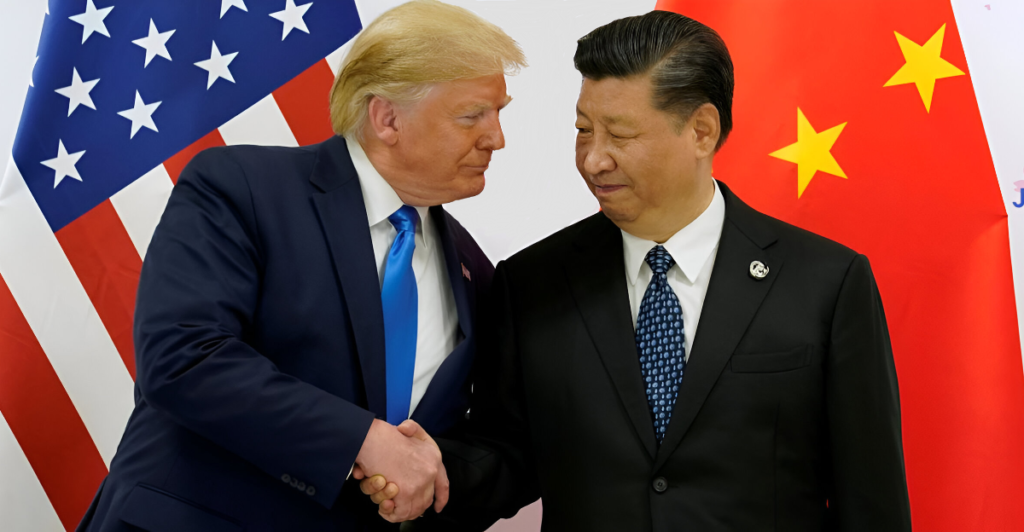
China has quietly exempted nine essential U.S. goods from its steep 125% tariffs, signaling a subtle shift in the ongoing trade conflict with Washington. This move, which is great news for shoppers, is meant to ease the economic strain caused by the tariff war without publicly compromising China’s resilience stance.
These tariffs have taken quite a toll on shoppers, and China’s decision has given everyone a breath of fresh air, given all the bad news in the media regarding shopping.
Background of China’s Tariff Policy
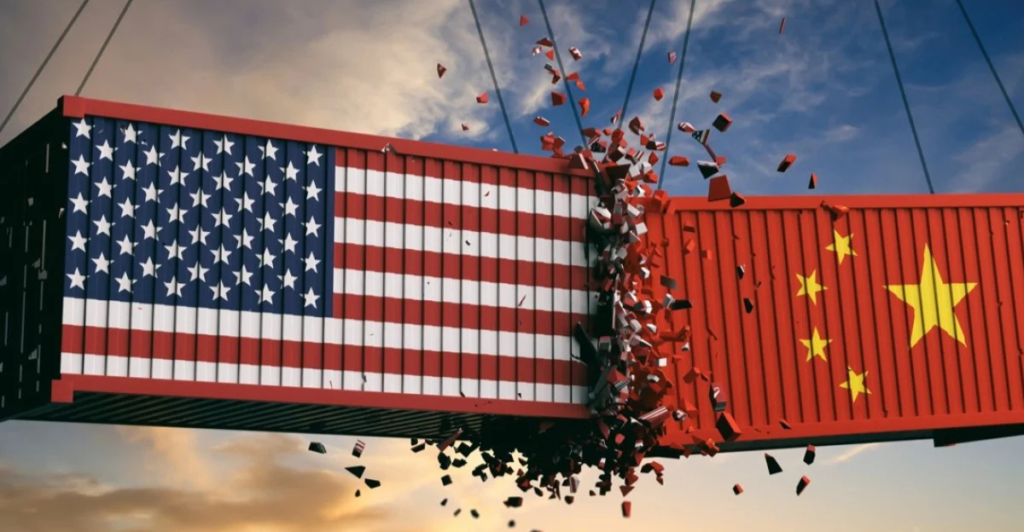
China imposed a steep 125% tariff on certain U.S. goods amid escalating trade tensions, aiming to pressure the U.S. to remove its 145% tariffs. “As a quid-pro-quo move, it could provide a potential way to de-escalate tensions,” said Alfredo Montufar-Helu, a senior adviser to the Conference Board’s China Center. “It’s clear that neither the U.S. nor China wants to be the first in reaching out for a deal.”
In recent decades, China’s tariff policy has evolved amid global trade dynamics. The trade war triggered in 2018 by U.S. tariffs led to retaliatory tariffs from China, including high levies on American goods, as part of a broader economic conflict.
Discreet Notification to Businesses

China has taken a discreet approach in notifying businesses about exempting certain U.S.-made goods from its 125% tariffs. Rather than publicly announcing, Chinese authorities have quietly contacted companies to inform them about the so-called “whitelist” of tariff-exempt products. This confidential communication allows Beijing to maintain its tough public stance on tariffs while pragmatically easing trade tensions behind the scenes.
“The Chinese government, for example, has been asking our companies what sort of things are you importing to China from the U.S. that you cannot find anywhere else, and so would shut down your supply chain,” American Chamber of Commerce in China President Michael Hart said.
Expansion of the Exemption List

China is gradually expanding its exemption list of U.S.-made goods from the 125% tariffs, reflecting a strategic effort to ease trade tensions while maintaining its broader tariff stance. This expansion is being communicated quietly to companies, allowing China to manage economic pressures without publicly altering its tough rhetoric.
The move also aligns with ongoing surveys by Chinese authorities to assess the tariff war’s impact on businesses, suggesting further adjustments to the exemption list could follow.
Impact on U.S.-China Trade Relations
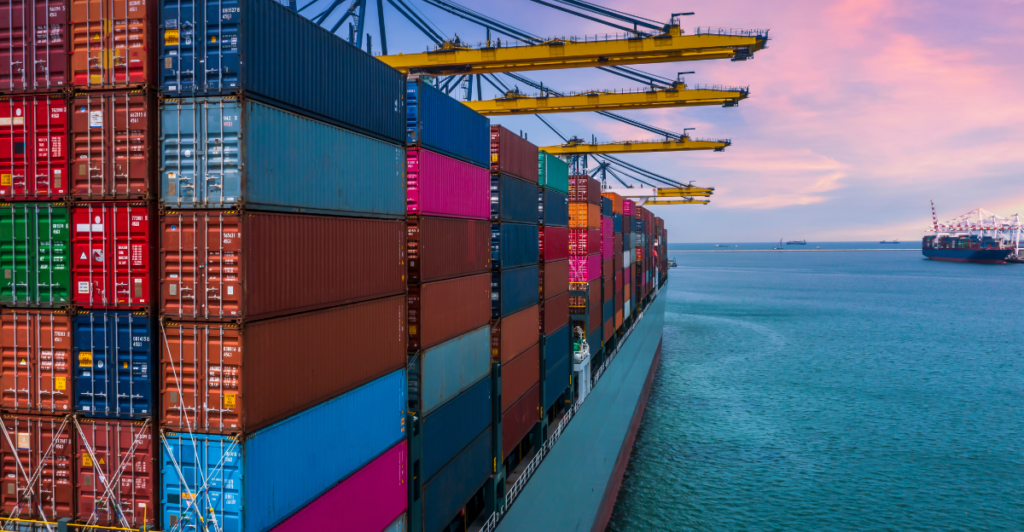
While the broader trade war remains intense, with tariffs on many products still at historic highs, this move signals Beijing’s willingness to pragmatically ease economic pressures and maintain critical supply chains. It may open a small window for dialogue and cooperation amid ongoing tensions, as both sides face mounting economic costs and global market disruptions.
“At some point, I’m going to lower them, because otherwise, you could never do business with them, and they want to do business very much,” Trump said on NBC’s Meet the Press. Experts caution that this limited exemption does not indicate a major shift in China’s tough stance, reflecting deep strategic competition and unresolved trade disputes between the two economic giants.
Challenges in Transparency
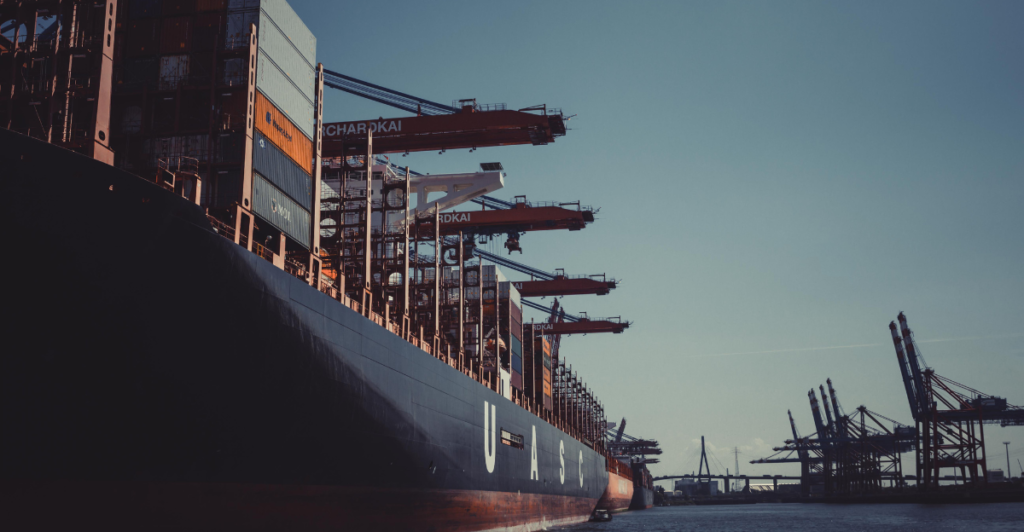
The exact number and categories of exempted products remain undisclosed publicly, creating uncertainty for many businesses. The exemptions are managed confidentially, with companies approached individually, making it hard to establish exactly what exemptions are on this list.
Such a lack of transparency contrasts with the U.S. tariff exclusion process, which, despite its own criticisms, at least publishes exemption decisions. This highlights how China’s discreet method limits accountability and creates uncertainty for importers and exporters alike.
Nature of the Exempted Goods

The exemptions include critical items such as pharmaceuticals, microchips, aircraft engines, and petrochemical ethane. This list includes around 131 products, which might grow soon. These exemptions are part of a discreet strategy to ease trade tensions while maintaining China’s firm public stance on tariffs. Companies have been privately notified whether their products qualify, but the full details and criteria remain confidential.
U.S. Government’s Position
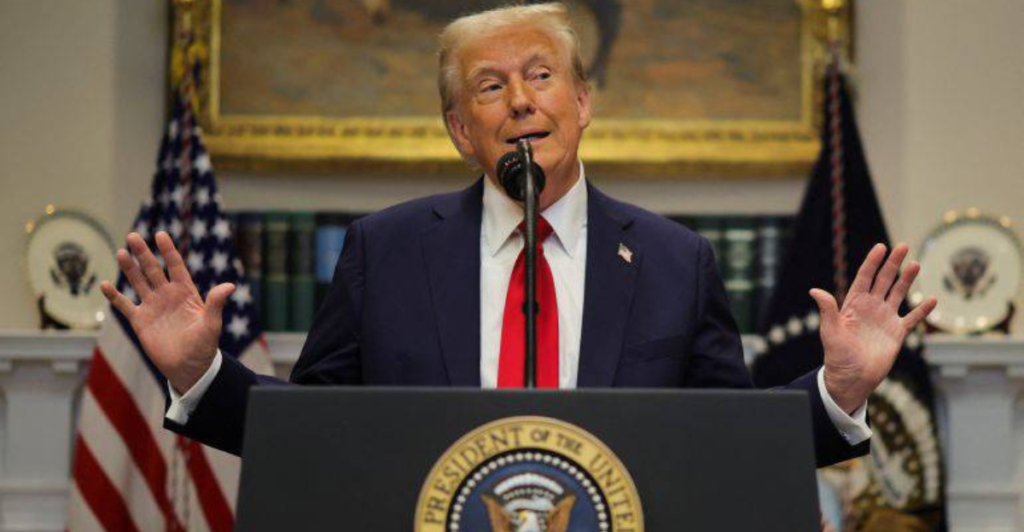
U.S. President Donald Trump has expressed optimism about a forthcoming trade agreement with China, though he emphasizes it will be a firm deal. The Trump administration ended the duty-free “de minimis” exemption for low-value shipments from China and Hong Kong, reinstating tariffs on small parcels to combat deceptive shipping practices and illicit drug trafficking, particularly fentanyl.
While China’s exemptions on certain essential U.S. products suggest a slight easing, Washington continues prioritizing stringent tariff enforcement as part of a broader strategy to address trade imbalances and national security concerns.
Industry Responses

Pharmaceutical and semiconductor companies have welcomed the exemptions, as tariffs have significantly increased costs and supply chain disruptions. Trade groups and chambers of commerce have welcomed the exemptions but emphasize the need for greater transparency and broader coverage to fully alleviate the economic strain.
Some industry experts see this step as a pragmatic acknowledgment by China of its dependence on certain U.S. imports. Others interpret it as a strategic gesture to ease tensions without making major public concessions. However, companies remain wary, as the overall tariff environment remains highly restrictive and uncertain.
What To Expect In the Future

The future for U.S.-China trade relations remains uncertain amid ongoing tariff tensions and recent developments. China’s discreet expansion of exemptions for some essential U.S. goods suggests a cautious willingness to ease economic pressures without abandoning its tough stance, while the U.S. continues to enforce and even escalate tariffs, including ending duty-free treatment for low-value Chinese shipments.
Businesses and analysts expect continued volatility as both sides balance economic interests with strategic competition, making further negotiations or broader tariff rollbacks. While the future might seem uncertain at this stage, there is hope for businesses to regain their economic stance in this fight against tariffs.
Discover more trending stories and Follow us to keep inspiration flowing to your feed!

Craving more home and lifestyle inspiration? Hit Follow to keep the creativity flowing, and let us know your thoughts in the comments below!
